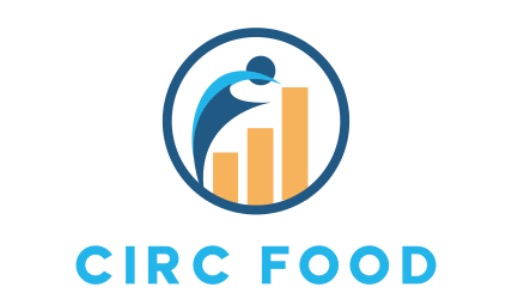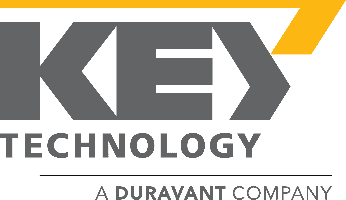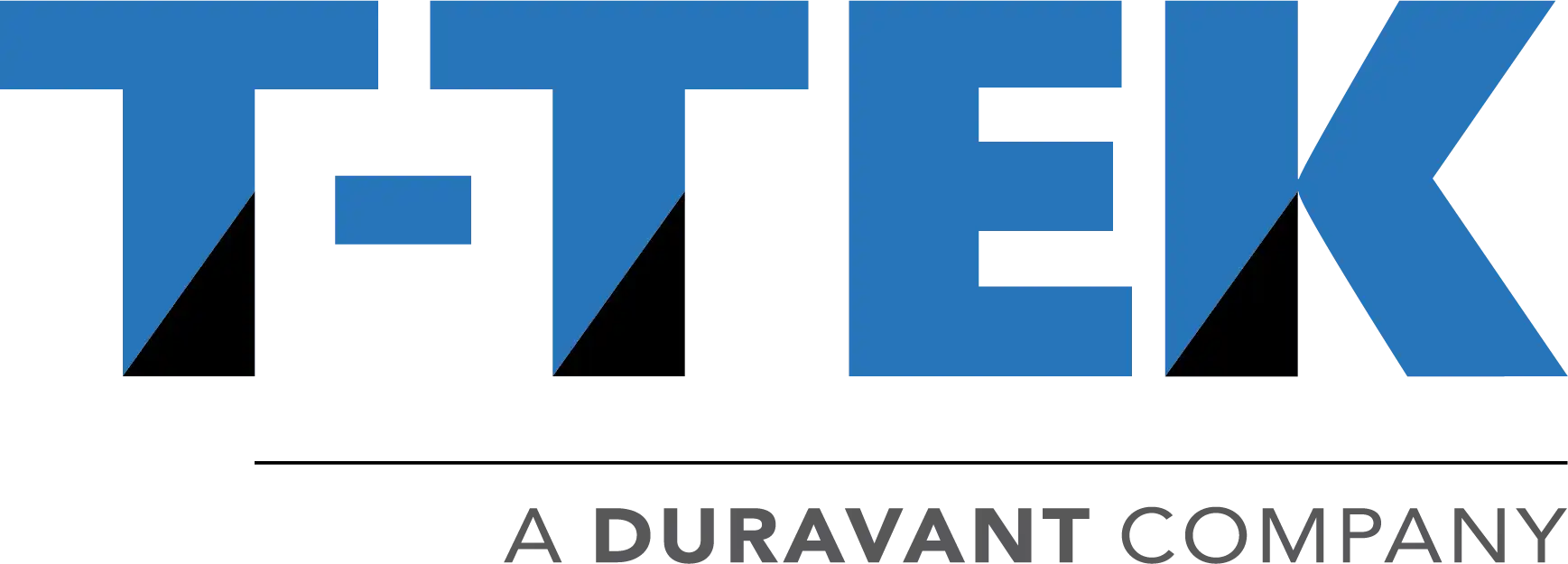Understanding the Benefits of Stamping Sheet Metal in Modern Manufacturing Processes
In contemporary manufacturing processes, "Stamping Sheet Metal" has gained prominence as a critical operation that enhances production efficiency and part precision across various industries. According to a report by Grand View Research, the global sheet metal market is projected to reach USD 275.3 billion by 2025, highlighting the increasing demand for high-quality, tailored metal components. Stamping, a method that involves pressing flat metal sheets into desired shapes using specialized dies, not only streamlines the production process but also significantly reduces material waste. The efficiency of stamping processes, combined with their capacity to produce intricate designs at high volumes, positions stamping sheet metal as a fundamental technology in sectors ranging from automotive to consumer electronics. As manufacturers continue to seek innovative methods to improve operational efficiency and product quality, understanding the multifaceted benefits of stamping sheet metal becomes essential for maintaining competitiveness in the rapidly evolving industrial landscape.
Advantages of Stamping Sheet Metal for Enhanced Production Efficiency in Manufacturing
Stamping sheet metal is a pivotal process in modern manufacturing, significantly enhancing production efficiency and cost-effectiveness. As industries evolve, this method continues to gain traction, particularly within the booming global metal stamping market, which is anticipated to grow substantially from USD 223.68 billion in 2025 to approximately USD 312.32 billion by 2033. This rapid expansion underscores the value of stamping as a reliable technique for producing high-quality parts with precision and speed.
Incorporating advanced technologies like surfacing welding and wire laser metal deposition not only enhances the quality of molds and metal parts but also promotes economic efficiency. For manufacturers, investing in state-of-the-art stamping machinery can lead to immediate improvements in production workflow and capacity. For instance, adopting automated stamping solutions can minimize labor costs and reduce waste, ensuring a more sustainable manufacturing process.
**Tips:** To maximize the benefits of stamping sheet metal, manufacturers should constantly evaluate their machinery and processes. Regularly updating equipment and integrating cutting-edge technologies can yield significant improvements. Additionally, training staff on new techniques enhances overall operational efficiency, making it imperative for companies to prioritize continuous learning and innovation in their practices.
Cost-Effectiveness of Sheet Metal Stamping Compared to Alternative Manufacturing Methods
Sheet metal stamping has emerged as a highly cost-effective manufacturing method in modern industrial processes, especially when compared to alternative techniques such as machining and casting. One of the primary advantages of stamping is its ability to produce parts with high precision and repeatability while minimizing material waste. This efficiency directly translates into lower production costs, making it an attractive option for manufacturers looking to optimize their operations.
In addition to reduced material expenses, sheet metal stamping also allows for faster production rates. The use of automated stamping machines can significantly decrease cycle times, which is particularly beneficial for high-volume manufacturing runs. This speed not only shortens lead times but also enhances a company's ability to meet market demands promptly. Furthermore, the scalability of stamping processes means that manufacturers can quickly adjust production levels without incurring substantial costs, making it a flexible solution in today's dynamic market environment. Overall, the cost-effectiveness of sheet metal stamping positions it as a leading choice for manufacturers seeking to enhance their competitive edge.
Impact of Stamping Technology on Material Waste Reduction in Production Processes
Stamping technology plays a crucial role in modern manufacturing by significantly reducing material waste during production processes. According to a report from the International Journal of Advanced Manufacturing Technology, precision stamping can cut material waste down to as low as 5% compared to traditional machining methods, which often experience waste rates exceeding 20%. This represents a substantial economic advantage for manufacturers, as raw material costs can constitute a large portion of production expenses.
Moreover, the impact of stamping technology extends beyond mere cost savings. A study by the American Society of Manufacturing Engineers highlights that advanced stamping techniques can optimize material usage through innovative die designs and nesting strategies. When implemented effectively, these methods not only enhance production efficiency but also contribute to sustainable manufacturing practices by minimizing off-cuts and scrap. As industries strive for eco-friendly operations, adopting stamping technology is becoming increasingly vital for reducing overall environmental impact, making it an essential component of modern manufacturing processes.
How Precision Stamping Improves Product Quality and Consistency in Modern Manufacturing
Precision stamping is a critical process in modern manufacturing that significantly enhances product quality and consistency. By utilizing advanced stamping techniques, manufacturers can achieve highly accurate dimensions and complex geometries, which are essential for the proper functioning of various components in industries such as automotive, aerospace, and electronics. The precision in stamping not only reduces the need for extensive post-production adjustments but also minimizes material waste, leading to more sustainable manufacturing practices.
Moreover, precision stamping ensures uniformity in production, which is vital for maintaining quality standards across batches. With tightly controlled manufacturing processes, each stamped part meets the same specifications, reducing variability that can affect assembly and overall product performance. This consistency not only boosts customer satisfaction but also supports manufacturers in maintaining a competitive edge in the market. As businesses increasingly focus on efficiency and quality, the role of precision stamping in producing high-caliber products cannot be overstated.
Adoption of Automation in Sheet Metal Stamping: Trends and Future Prospects in the Industry
The adoption of automation in sheet metal stamping processes is transforming the industry, reflecting broader trends in manufacturing efficiency and productivity. Recent market analysis projects that the automotive metal stamping market will reach an estimated revenue of USD 162.05 billion by 2032, demonstrating a steady growth rate of approximately 4.50% CAGR. This growth is largely driven by advancements in automation technologies, which enhance production rates and reduce labor costs, thereby optimizing efficiency within the manufacturing processes.
As industries increasingly recognize the significance of resilient and efficient supply chains, the metal fabrication equipment market is expected to expand significantly. Various segments, such as cutting, machining, and welding equipment, are forecasted to evolve in response to automation demands. In light of the substantial disruptions experienced in global supply chains over the last few years, companies are now prioritizing automation to enhance their operational capabilities and maintain a competitive edge in the fast-paced manufacturing landscape. The integration of advanced technologies into sheet metal stamping not only improves production capabilities but also aligns with the industry's shift towards sustainability and resource efficiency.









